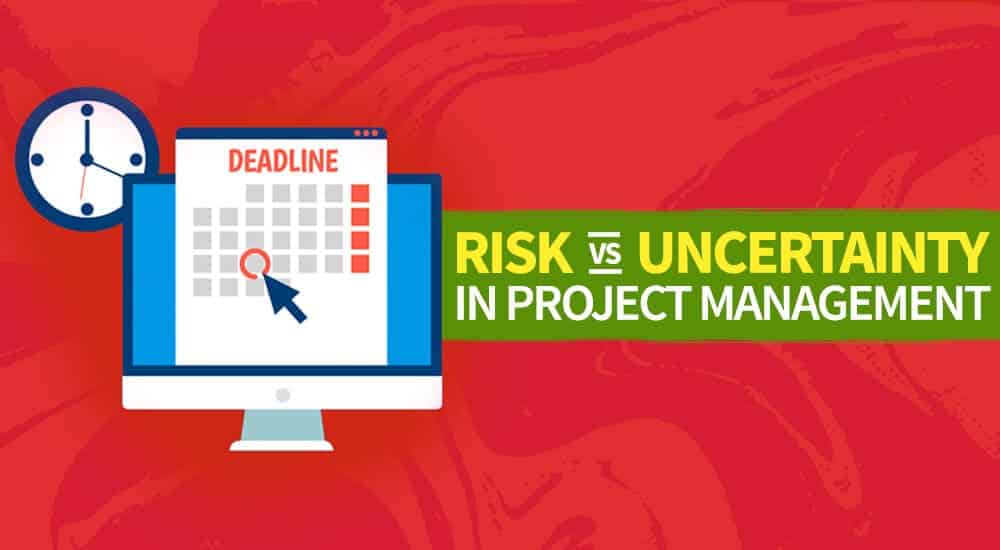
Throughout the project lifetime, you’ll log hundreds of risks. It is a unique number that identifies a risk. Here are the primary entities I suggest you include into the log: So, what’s the content of the Risk Register?
DIFFERENCE BETWEEN RISK PROBABILITY AND RISK IMPACT EXAMPLE HOW TO
That’s why I strongly recommend getting my Risk Management Plan👇īut before you take it – do read these instructions on how to use it. It should integrate well with other Risk Management processes. Risk Register should be simple, adaptable, maintainable, and close at hand.īut Risk Register is not a standalone document. So, before we get into the details, please remember: Threats and opportunities may disappear, or they may become irrelevant.A Risk Response Plan may not provide the required efficiency.The information you put in it is changing rapidly.You need to keep in mind that the Risk Register is a living thing: It’s a pitfall for many junior project managers. You just need to fill in the information you collect about each risk. You also use the Risk Register to monitor and control risks during the whole project life cycle.įor me, the first steps in risk management were overwhelming as well. Risk Register is a document that contains the information about identified risks, results of Risk Analysis (impact, probability, effects), as well as Risk Response Plans. But few PMs actually keep it in good shape. The guidelines for scales, scores and status should be set out in the assessment section of the risk management plan.Risk Register is the most important document in project management. This can be presented in a RAG format with associated guidelines as to how each event should be managed according to its red, amber or green status. If all the possible combinations of ranking value are calculated for both threats and opportunities the table below is formed. The effect of this is to put more emphasis on impact than on probability. This is because probability scores are defined on a linear scale while impact scores are on a logarithmic scale. Interestingly, a risk event that is low probability/high impact has a different score than high probability/low impact.


A risk event of high probability (0.7) and low impact (0.1) would have a ranking value of 0.7 x 0.1 (0.07).A risk event of low probability (0.3) and high impact (0.4) would have a ranking value of 0.3 x 0.4 (0.12).

The probability and impact scores are used to arrive at overall values for ranking the risk events. These indicators will be defined according to the context of individual projects and programmes, and set out in the risk management plan. A two month delay on a six month project is very different to a two month delay on a three year project.Īll the impact indicators in the table need to reflect the risk context of the work and in particular the risk appetite of the host organisation. Clearly, the guidelines for what constitutes high or low are not universal. It also provides impact criteria in the three elements of the triple constraint. This ‘risk criteria table’ provides numerical ranges for the probability scale from very low (VLO) to very high (VHI). The example below applied to threats and is adapted from the APM’s PRAM Guide 1. As the complexity of the work increases, the sophistication of the assessment should increase.Ī thorough assessment of risk events for projects of higher complexity and for programmes would have a five point scale with guidelines and numerical values for each point on the scale. Project, programme and portfolio managementĮvery risk event, whether it is a threat or an opportunity, has two characteristics: the probability that it might happen and the impact it would have if it did happen.Įven on the simplest of projects, risk events should be assessed for their probability and impact using a scale such as high, medium and low.


 0 kommentar(er)
0 kommentar(er)
